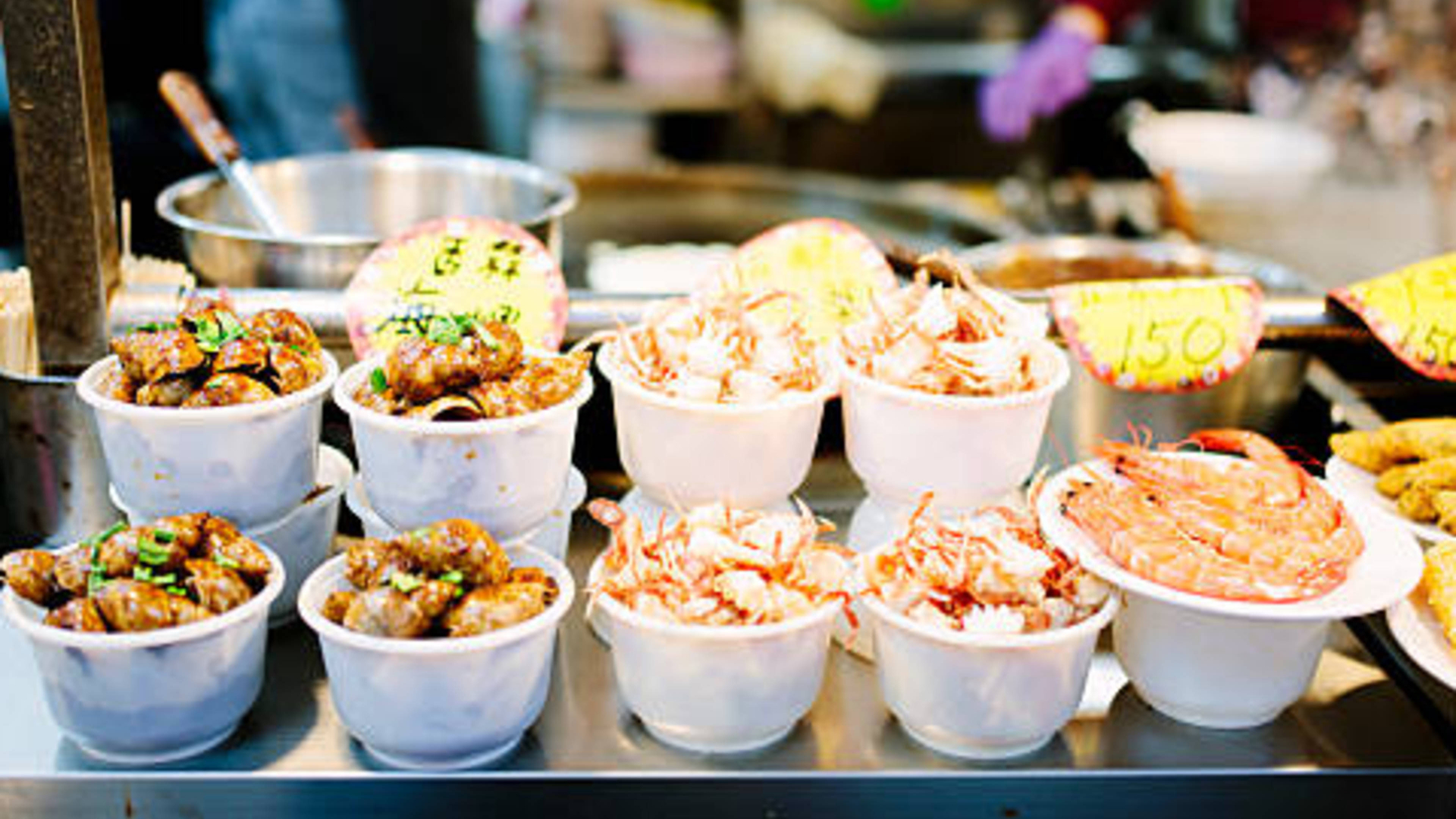Food is an integral part of everyday life in Taiwan and to miss out on experiencing Taiwan’s culinary delights would be to miss out on a definitive aspect of Taiwanese culture. Here is a guide to understanding and throwing yourself headfirst into Taiwanese treats.
Taiwan’s Culinary Influences
Taiwanese food history is almost as complex as its political history. Indeed, many of the island’s trademark dishes are a hodgepodge of different and intermingling styles of cooking. These influences include Hakka, Fujianese, Cantonese, and Indigenous, with the majority of ‘Taiwanese’ dishes able to be traced to the Fujianese Chinese immigration of the eighteenth century.
The twentieth-century Japanese occupation has also left an indelible mark on a number of the island’s seafood dishes. Taiwan’s wheat-based foods, including wheat noodles, sweetbreads, and flour-based buns are, curiously, an effect of the post-war USAID era in which America brought tons of wheat to the island. Such diversity has inevitably created a hugely varied, and delicious, Taiwanese culinary landscape. Here is a meal-by-meal breakdown of what to enjoy.
Taiwan’s Culinary Breakfast – 早餐 – Zǎocān
In my experience living in a relatively quiet and unremarkable provincial city called Yuanlin, breakfast restaurants, and vendors, much like all eateries, are rarely more than a stone’s throw away (usually literally!).

These places usually open at around 6 am and close by midday and can range from tiny vendors to bigger breakfast brands (such as ‘Hong Ya’). Breakfast is usually a carb and egg-heavy affair which can be washed down with milk tea, coffee or a hot glass of soymilk (豆漿, dòujiāng); the Taiwanese staple breakfast drink.
Some bread-based classics include Taiwanese deep-fried breadstick (油條, yóutiáo), steamed rolls (饅頭, mántou), and sesame-coated clay-oven rolls (燒餅, shāobing); the latter of which is often deliciously stuffed with scrambled eggs or sliced beef and green onions.
Once you tire of such bread-heavy treats you can indulge yourself with a number of egg-based delicacies such as green onion scallion pancake with egg (蔥油餅加蛋, cōng yóubǐng jiā dàn), egg sandwiches (雞蛋三明治, jīdàn sānmíngzhì), and, my personal favorite, rolled omelets which can be stuffed with a variety of ingredients (蛋餅, dàn bǐng).
Taiwan’s Culinary Lunch – 午餐 – Wǔcān
While Taiwanese breakfast certainly has its staples, lunch and dinner are far more interchangeable.

Lunch is, however, often less substantial in the minds of Taiwanese. This doesn’t mean to say that you can’t enjoy a sizable and delicious midday meal. Lunch vendors are even more frequent than breakfast eateries and usually open from around 11:30 am until 2 pm.
When searching for a place for lunch, the most important consideration should be that the best (and cheapest) treats are usually found in small, traditional street vendors.
In my experience, some simple and filling lunchtime treats which can be found all over the island include beef noodle soup (牛肉麵, niúròumiàn), deep-fried pork ribs with rice (排骨飯, páigǔ fàn), and pork mince with soy sauce and rice (魯肉飯, 滷肉飯, lǔròu fàn). Indeed, pork is the predominant meat eaten, with chicken and beef coming in a close second.
Taiwan’s Culinary Dinner – 晚餐 – Wǎncān
Whilst lunch is often an on-the-go meal consisting of various different lunch boxes, dinner is generally seen by Taiwanese as a slower, more sociable, and often family or friend-orientated spread.

Restaurants open at around 5 pm and close at 11 pm and, similarly to lunch, restaurants, and vendors can serve a remarkably diverse range of food.
If one wishes to make dinner a more sociable and substantial meal, some highlights include hot pot (火鍋, huǒguō); a self-made meal in which you cook various ingredients in a boiling and flavorful broth, ginger duck hot pot (薑母鴨, jiāng mǔ yā), and Taiwanese barbecue; a feature of the Moon Festival which takes place every September.
Taiwan’s Culinary Prices
Perhaps the most remarkable aspect of Taiwanese cuisine is its affordability, with most street vendors selling meals for considerably under NT$150 (USD$5.35). If you wish to experience Taiwan’s great selection of more formal restaurants serving everything from hot pot to Indonesian and Korean cuisine, then you can expect to pay anything from NT$200 to upwards of NT$600.
However, although these more expensive eateries (especially hot pot) make for an enjoyable occasion, it is easy enough to experience Taiwan’s food culture to the fullest, even on an extremely tight budget.
Taiwan’s culinary is an aspect of its culture which is as endless as it is diverse. Condensing my experiences into a meal-by-meal guide has naturally meant missing out on important aspects of Taiwanese cuisine, especially the night markets. In order to get a proper taste of the island’s food specialties, my best advice is to put as much energy as possible into experiencing Taiwanese treats.
by: Oliver Sanders


